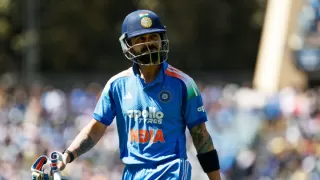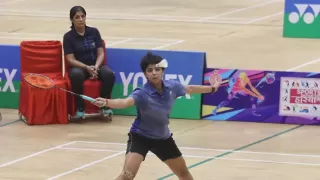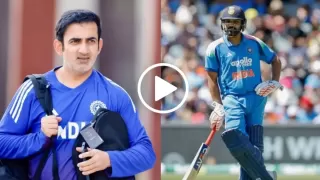Indian Poker - Play & Win Big in Online Poker Games

Poker is among the most played card games globally, and the same goes for India. Poker has seen massive popularity over the years in the country, and many people play it online and offline. How To Play Indian Poker| The Rules in Simple Way Are you new to Indian Poker and looking for the rules quickly and simply?
What is Indian Poker?
It is a variant of traditional Poker called Indian Poker or Blind Man's Bluff. It is a fun, exciting game often found in social and recreational settings. You can see your cards in regular Poker but not in Indian Poker. Everyone else can see your card! This puts a fun and wacky spin on the game.
How to Play Indian Poker
Number of Players
The game of Indian Poker sequence is typically played between 2 or more players. An even larger group makes the game more fun because it adds to the fact that no one knows what's coming.
The Deck
Indian Poker is played using a standard 52-card deck. There are no jokers in the game.
Dealing the Cards
Each player is given one card—here's the twist: You can't see your card. Instead, you stick the card to your forehead, where all the other players can see it. Here is what makes Indian Poker different from the original poker games.
Venture Rounds
Once cards have been dealt, the game continues with venture rounds. Because you cannot see your card, you depend on reading other players' reactions and tactics.
They have the highest card, depending on how sure they are; players can check, bet, call, raise or fold. The critical thing about Indian Poker is bluffing; thus, even when you have no idea what card you have, you must convince others that you have a better card!
Winning the Round
After the Venture round is completed, players expose their cards. The player with the best-considered card wins the round and takes the pot.
Rules of Indian Poker
Here are the basic rules you need to follow while playing Indian Poker:
- You Cannot See Your Card: You must place your card on your forehead so others can see it.
- Observe Other Players: Since you don't know your card, watch how other players react to determine your next move.
- Venture is Based on Guesswork: You must bet or fold based on your perception of others' behaviour.
- The Highest Card Wins: At the end of the venture round, the player with the highest-ranked card wins.
- Bluffing is Allowed: Players can bluff to confuse their opponents.
- Ace is the Highest Card: The ranking follows traditional poker rules, where an Ace is the highest card, followed by King, Queen, and so on.
Strategies to Win Indian Poker
Although Indian Poker relies on success, you can still use some strategies to increase your possibility of winning:
1. Read the Opponents
Since you cannot see your card, observing your opponents' reactions is the best way to decide. They might know that you have a weak card if they look confident. If they look worried, you might have a strong card.
2. Bluff Smartly
Bluffing is a significant part of Indian Poker. You can act confident even if you have a low card to make others fold. However, be careful not to bluff too much, or experienced players will catch on.
3. Manage Your Bets
Don't bet too aggressively unless you have a strong reason to believe you have a high card. If other players keep raising the bet, it might be a sign that your card is weak.
4. Stay Calm and Confident
Your body language can give away a lot of clues. Remain calm and neutral, so other players can't read your emotions.
5. Play with Experienced Players
Playing with skilled players can help you learn different strategies and improve your gameplay.
Variations of Indian Poker
Indian Poker has several variations that make the game even more fun. Some popular versions include:
- Multiple Card Indian Poker – Instead of one card, each player gets two or more cards.
- Drinking Game Version – If a player loses, they have to take a drink (popular at parties).
- Chips and Wagers – In some variations, players use poker chips for venture, making the game more competitive.
- Timed Rounds – In this version, players have a limited time to make decisions, adding pressure and excitement to the game.
- Team Play – Players form teams and bet collectively, making it a strategic group game.
Where to Play Indian Poker?
Indian Poker is commonly played in social gatherings, family game nights, and friendly parties. However, it is also available on some online poker platforms. Online versions may use different rules, so always check the game instructions before playing.
Wrapping up
Indian Poker is an exciting and unique game that adds a fun twist to traditional Poker. The fact that you cannot see your card makes it a hilarious and unpredictable game. Whether you play for fun or want to develop strategies to win, Indian Poker is a great game to enjoy with friends and family.
If you're new to Poker, this game is a great way to understand the basics of venture and bluffing. So, the next time you're at a gathering, introduce Indian Poker and watch the excitement unfold!
Disclaimer
The content provided on this website is for informational and educational purposes only. We do not promote, endorse, or encourage any form of illegal betting or gambling. Readers are advised to check the legal status of betting and gambling in their respective jurisdictions before engaging in any activities. It may be legal in certain regions, but it is the your responsibility to ensure compliance with local laws. We are not liable for any legal or financial consequences arising from the use of this information.












Give Your Feedback